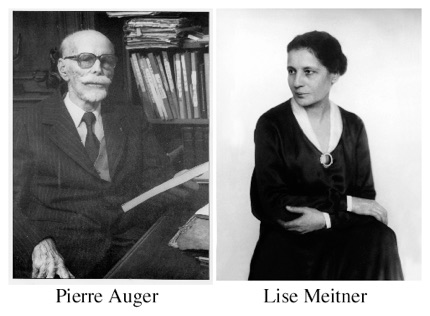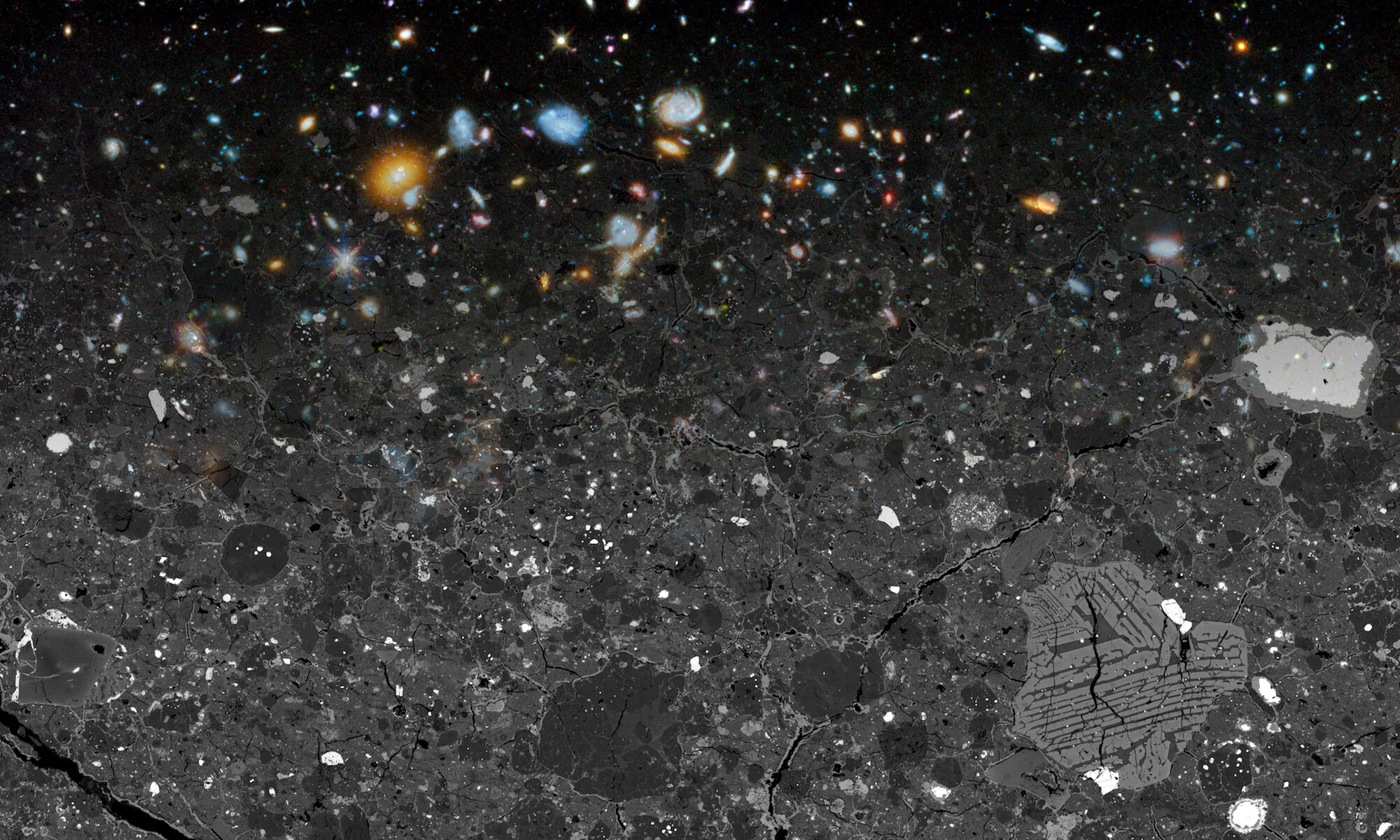
The state-of-the-art PHI 700 Scanning Auger Nanoprobe was purchased in 2006 with funds from NASA’s SRLIDAP program. Installation in St. Louis took place late in 2006. The new Auger lab is located on the 4th floor of Compton Hall, directly adjacent to the NanoSIMS lab.
Before we were able to purchase our own Auger instrument, we had to learn about the details of this analytical technique and perform test measurements with on a variety of standards and ‘real life’ samples. We were able to do this at two different locations and we are grateful for their support.
- Auger Laboratory at the National User Facility of the Environmental Molecular Sciences Laboratory (EMSL) at Pacific Northwest National Laboratory (PNNL) in Richland, Washington
- Auger Demonstration Laboratory at Physical Electronics in Chanhassen, Minnesota
Installation of the new Auger Nanoprobe is completed and we are beginning to use this instrument for the first research projects (Floss et al., 2007; Stadermann et al., 2007). As a field emission scanning electron microscope (FE-SEM), the instrument was up and running immediately after installation. Qualitative elemental distribution images (for all elements except H and He) can also easily be acquired and this capability alone is very helpful for the characterization of many of our extraterrestrial samples which are heterogeneous on a sub-micrometer scale. Quantitative analyses in point mode are also possible, as we have shown in several proof-of-concept measurements. The required database of Auger elemental sensitivity factors for all elements of interest in a silicate matrix is currently being developed.
Although our own Auger instrument is only now starting to become fully operational, many of our test measurements with other Auger instruments (see below) have already contributed to several publications (Stadermann et al., 2005; 2006a; 2006b; Floss et al., 2005; 2006; Yada et al., 2006; Marhas et al., 2006).
Floss C., Stadermann F. J., Nguyen A., Zinner E., and Lea A. S. (2005) High Fe contents in presolar silicate grains: Primary feature or the result of secondary processing? Meteorit. Planet. Sci. 40, A49.
Floss C., Stadermann F. J., Bradley J. P., Dai Z. R., Bajt S., Graham G., and Lea A. S. (2006) Identification of isotopically primitive interplanetary dust particles: A NanoSIMS isotopic imaging study. Geochim. Cosmochim. Acta 70, 2371-2399.
Floss C., Stadermann F. J., Mertz A., and Bernatowicz T. (2007) Anatomy of an isotopically primitive interplanetary dust particle: Coordinated NanoSIMS and Auger NanoProbe analyses. Lunar Planet. Sci. XXXVIII, Abstract #1145.
Marhas K. K., Hoppe P., Stadermann F. J., Floss C., and Lea A. S. (2006) The distribution of presolar grains in CI and CO meteorites. Lunar Planet. Sci. XXXVII, Abstract #1959.
Stadermann F. J., Floss C., Zinner E., Nguyen A., and Lea A. S. (2005) Auger spectroscopy as a complement to NanoSIMS studies of presolar materials. Meteorit. Planet. Sci. 40, A146.
Stadermann F. J., Floss C., and Lea A. S. (2006a) Using Auger spectroscopy to characterize sub-micrometer presolar grains in situ: an overview. Lunar Planet. Sci. XXXVII, Abstract #1663.
Stadermann F. J., Stephan T., Lea A. S., and Floss C. (2006b) The distribution of inclusions in a single large presolar silicon carbide grain. Meteorit. Planet. Sci. 41, A166.
Stadermann F. J., Floss C., and Bose M. (2007) Correlated high spatial resolution elemental and isotopic characterization of Wild 2 cometary samples. Lunar Planet. Sci. XXXVIII, Abstract #1334.
Yada T., Stadermann F. J., Floss C., Zinner E., Nakamura T., Noguchi T., and Lea A. S. (2006) High abundances of presolar silicates in Antarctic micrometeorites; implications for their cometary origins. Lunar Planet. Sci. XXXVII, Abstract #1470.
What is Auger Spectroscopy?

Auger electron spectroscopy is an analytical technique for the elemental characterization of sub-micrometer surface features. Auger electron spectroscopy probes the chemistry of a surface by measuring the energy of electrons emitted from that surface when it is irradiated with electron of energy in the range 2-50 keV.
Some of the electrons emitted from the surface have energies characteristic of the element from which they were emitted, and in some cases, the bonding state of those atoms. The physical process by which these electrons are made is called the Auger effect.
This effect was discovered independently by both Lise Meitner and Pierre Auger in the 1920s. The discovery was made and reported by Meitner in 1923 in the journal Zeitschrift für Physik, two years before Auger discovered the effect that is now named after him.
Why Do We Want to Use Auger Spectroscopy?
Auger spectroscopy and especially the PHI 700 instrument make an ideal complement to the NanoSIMS. This combination allows us to acquire spatially correlated isotopic and elemental images of sub-micrometer features. Among other things, we use the Auger Nanoprobe for the elemental characterization of presolar silicate grains. We have outlined the reasoning for this in a publication, which can be seen below:
Stadermann F. J., Floss C., Bose M., and Lea A. S. (2009)
The use of Auger spectroscopy for the in situ elemental characterization of sub-micrometer presolar grains.
Meteorit. Planet. Sci. 44, 1033-1049.
